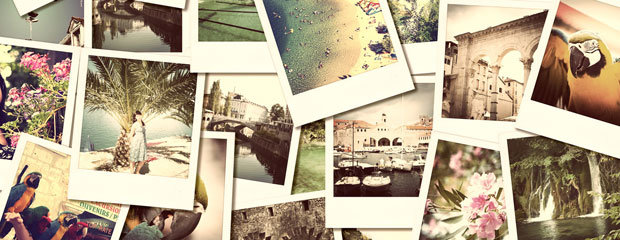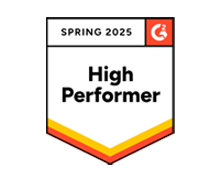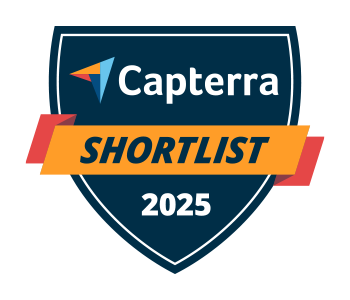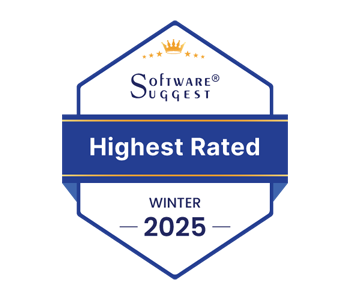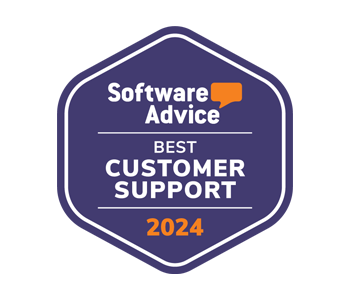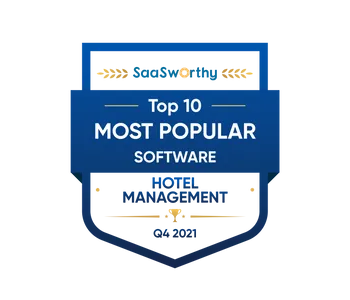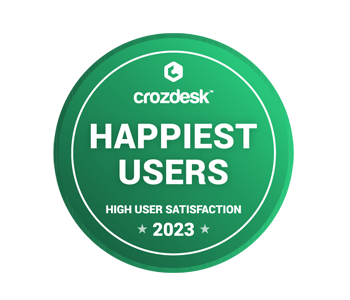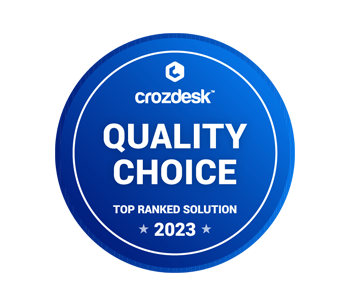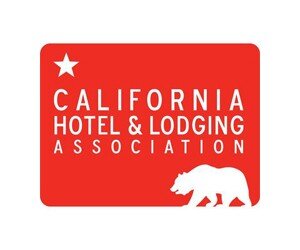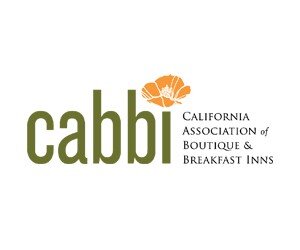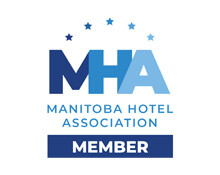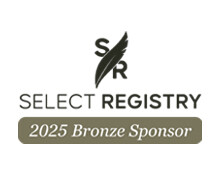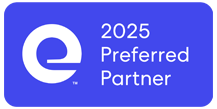Launched in 2010, Facebook-owned Instagram has approximately 500 million users and ranks as the eighth most popular social network worldwide (out of 21 leading networks). But what really make Instagram an exciting marketing channel is the level of engagement it drives; Instagram delivers significantly more engagement than Facebook and Twitter per follower, its visual appeal striking a more emotional chord with users.
Instagram was designed for capturing and sharing moments through photos (and now also videos) and it is this visual storytelling concept that has made it so popular among travelers — and, therefore, travel and hospitality marketers.
Travelers are not only using the mobile-first platform to share their travel experiences but also to be inspired. Instagram’s capacity for visual inspiration makes it the perfect channel for showcasing a property’s stay experience.
An effective way to connect with travelers and increase brand awareness, Instagram makes a lot of sense as part of an independent hotel’s online marketing strategy. Here are our tips for making the most of it!
Getting Started
When setting up your Instagram account, choose a username that clearly identifies your property; ideally your property’s actual name or the closest version of it that is available. Keep it simple and understandable — no spaces allowed!
Your profile photo is key to reinforcing branding. It’s a good idea to use your property’s logo or a shot of your hotel that is easily recognizable as a small thumbnail image.
Under your profile, you can also add a bio of up to 150 characters. Make sure to include your website in your bio as clickable links cannot be added to organic Instagram posts. (Links can be added to ad posts, but more about that later.)
Use the Search & Explore function to search for other accounts you might like to follow. You can search for people, hashtags, places and events that are relevant to your property and destination, for example local activity operators, tourism marketing associations and event organizers.
Take a look at what other hotels are posting for inspiration and guidance. Some examples of boutique properties that really know what they’re doing on Instagram are Dunton Hot Springs (duntonhotsprings), El Cosmico (elcosmicomarfa) and Urban Cowboy B&B (urbancowboybnb).
Content Creation
When it comes to creating content, travel-related businesses are lucky with an endless supply of photogenic subjects to capture and share on Instagram. The key is to concentrate on telling your property’s story rather than pushing sales.
Keep followers interested by posting a variety of images related to your property — not just of your property. Showcase your neighbourhood, the local scenery and attractions, as well as guests enjoying your property (get their permission first), beautiful dishes from your restaurant, eye-catching hotel design features, property events, and your smiling staff. Go behind the scenes, showing your staff shopping for menu ingredients at the local farmers’ market or loading the boat for the afternoon’s fishing trip.
Tell your property’s story in real time (after all, it is Instagram), maintaining authenticity, professionalism and branding with every post.
Being an entirely visual platform, image quality is important on Instagram. Images you’re considering putting on Instagram should already look good in their original form, but for those lacking a little punch try applying one of the many in-app filters to really make them pop. Just be careful not to overuse this feature at risk of appearing false.
When it comes to image captions, try to keep them short and sweet — let the picture do the talking. However, don’t think captions don’t matter. Captions play an important part in engaging followers, so it’s worth putting a bit of thought into them. The caption should support the image subject by providing context in an informative, interesting and/or entertaining way as appropriate.
Hashtags are a fundamental element of captions and key to the way Instagram works, so they deserve a section in this article all to themselves…
Hashtags
Hashtags are the means by which Instagram users categorize and discover content. Without appropriate hashtags, your post may appear on your followers’ feeds but will be impossible to find by those that don’t yet follow you (in other words, potential new customers). Hashtags are added to the caption or comments of a post.
Come up with your own hashtags involving your property’s name and use them consistently for both searchability and branding. Hashtags cannot have spaces or special characters (like % or $), and the simpler the better. Hashtags can also be created for campaigns and competitions, like #appleberryinnselfie or #appleberrysummer.
Using relevant hashtags that are already in use, like #nyhotels and #nyc, is key to being found by your target audience. Join the conversation around popular hashtag themes by labeling content with relevant well-known hashtags like #throwbackthursday (or #tbt), #traveltuesday or #beautifulsunrise.
The popularity or use of a hashtag (existing or your own) can be checked simply by typing it into the Instagram search box.
Hashtags can be incorporated into the body of captions, for example: “Wow, what a #beautifulsunrise at #appleberryinn this morning!,” and/or added at the end, for example, “Good morning! #beautifulsunrise #nyc #appleberryinnsummer”. While it might be tempting to use all the applicable hashtags you can think of, choose just 3 or 4 at the most. Oodles of hashtags can make posts look spammy or desperate.
Engage!
The visual nature of Instagram lends more intimate connections with followers — capitalize on that by interacting with them to increase engagement and reach.
Respond to comments left on your posts, and tag or mention people (@jimmysmith), like other local businesses or guests, in your posts when appropriate.
Relationships are reciprocal so take the time to like and comment on other users’ posts too. Instagram’s search function can be used to find posts about your local destination, local businesses, events, etc.
When your property is tagged in someone else’s photo it will be added to your profile. Photos you’re tagged in are set to appear on your profile automatically by default, but it’s a good idea to choose to manually approve them to prevent any undesirable images from being posted on your profile.
A powerful form of social proof, user-generated content is gold to hotel marketers and it can be motivated especially effectively on Instagram through hashtag campaigns. For example, Appleberry Inn might run an #appleberryinnselfie campaign to encourage guests to post photos of themselves at the property for a chance to win a free night — and to boost engagement and brand awareness for the property. User-generated content can be integrated into your website and used for future online and offline campaigns, with the photographer’s permission.
Promote your Instagram account and hashtag campaigns everywhere; online via other social media channels, emails and your website, as well as offline via on-property signage and in-room welcome notes. And check your profile and activity feed regularly to ensure you respond to people reaching out to you in a timely manner.
How often should you post? Everyone has a different opinion on this, but we suggest at least three times a week. If you can create a post once a day, that’s great, but remember the golden rule: quality over quantity! Consistency plays an important part in optimizing engagement.
Here’s another tip for increasing engagement: tag your posts by adding a location to the photo. The option to Add Location is available during the upload process. Adding a location is another way to help people find your posts, particularly travelers.
Advertising
Advertising on Instagram is still quite new, so, for the moment, organic reach is reasonably high, at least compared to other social media networks like Facebook. However, as more and more brands start advertising on Instagram, it will pay to get in on the action.
Instagram ads help promote your property to a broader audience, and include optional CTA (call to action) buttons designed to drive traffic directly to your website and increase website conversions. Target audiences can be defined for each ad based on targeting options such as location, demographics, interests and more. Instagram ads are created with the same tools used to create Facebook ads so you’ll need a Facebook Page and a Facebook ad account to run ads on Instagram.
Instagram is currently in the process of rolling out new tools for business accounts. Converting your Instagram account to a business profile (please note, Instagram business profiles are not yet available to everyone), will allow you to promote posts directly from the Instagram app and will give you access to additional tools like Instagram Insights, which is designed to help you understand more about your Instagram audience.
Instagram is a proven way to engage customers and a fun way to tell your property’s story, so grab your phone and start snapping some cool pics! What are you waiting for?
